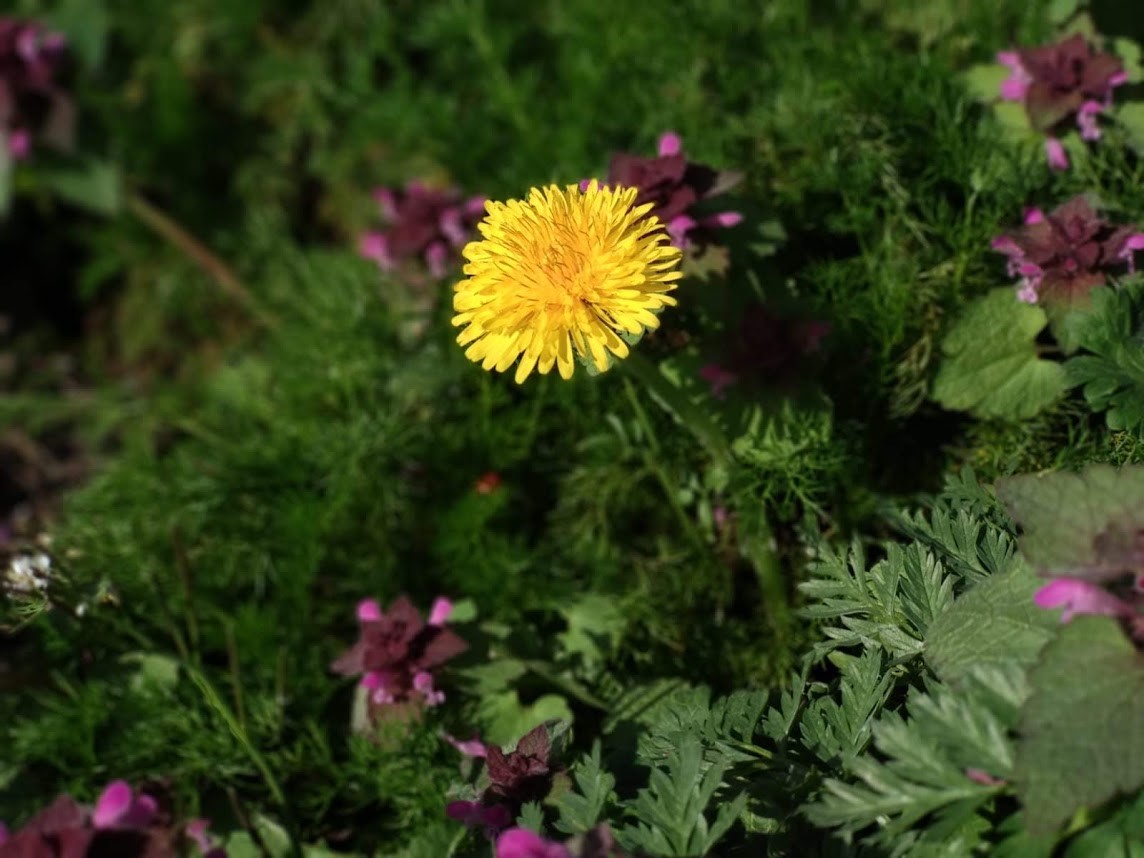Cranfield Diaries: My group project experience
24/05/2019

I have a BSc in commercial aviation, and I am currently studying a MSc in Geographical Information Management at Cranfield. Part of our course is taking part in a group project. I was ready for this, eager to dip into something new and exciting! Which is why when I saw the project sponsored by the SidaTim project, I went straight for it.
So, a little background: as a group we are tasked to analyse the financial, environmental and social impacts of Sida Hermaphrodita and Silphium Perfoliatum, two novel bioenergy crops (commonly known as Virginia mallow and cup plants), in collaboration with five other research partners around Europe: Federal Agency of Agriculture and Food (BLE) in Germany as sponsors, University of Freiburg and the 3N Centre of Experts as coordinators, while other partners include West Pomeranian University of Technology Szczecin in Poland, the Council for Agricultural Research and Economics and the Institute of Agro-environmental and Forest Biology in Italy, and us, Cranfield University in the UK. In brief, the entire project is divided into two working sections, and seven work packages, where we were tasked with three of them – and our supervisor, being a part of the core team, has regular contact with the rest of the project partners.

Halfway through the project, as we are knee deep into building models, maps, interviews and research questions, our supervisor Dr Anil Graves arranged a trip to the test site of Virginia mallow and cup plant cultivation, this gave us the opportunity to visit the experiment site in Silsoe. We saw first-hand the layout, process and results of the different strands of Sida and Silphium seed and seedlings, giving us more exposure into the characteristics of these perennial plants that we have been doing our paper on.
It was really interesting to see how different methodologies affect the growth of these different bioenergy plants, and being perennial, you could see the growth of new shoots in several part of the layouts. Therefore, we couldn’t see any flowers (yet), interestingly enough, offshoot growth of spring flowers like dandelions and nettles, which were plenty. There we have it, a day in the busy schedule of MSc students, it was a breath of fresh (spring) air. This is one of the several trips we have gone on during my Geographical Information Management MSc, it allows us to go out and gain experience in the field, while having a bit of fun as well.
Categories & Tags:
Leave a comment on this post:
You might also like…
From nature walks to neural networks: My journey in Applied AI at Cranfield
Hi, I’m Ebru K and choosing a postgraduate degree is about more than just picking a subject; it’s about choosing where your future begins. As an international student from Turkey, I ...
Leading With Heart: My Journey as Cranfield Student Association President by Summer Yan
When I first arrived at Cranfield, I had no idea that one year later I would be standing at the heart of our student community, serving as President of the Cranfield Student Association (CSA). ...
Creating and using constituent lists in Datastream
Whether you're analysing industry performance, or comparing company financials, Datastream is a powerful tool. One of its most useful features is the ability to work with constituent lists — collections of companies grouped by index, ...
Landing at Cranfield: First-term experiences and life beyond the classroom
Starting a postgraduate course can feel daunting, especially if you’re new to the aviation industry. In this blog series, Adit Shah shares his journey on the Air Transport Management MSc at Cranfield. From first-term ...
Accelerating ambition: How Amelie Rohan engineered her future at Cranfield
In the world of high-performance automotive engineering, the gap between being a “fan” and being a professional is measured in more than just miles. It is measured in technical precision, hands-on ...
Study better and smarter in 2026
Happy new year! Now is the perfect time to reflect on your studies so far, thinking about what you’re doing well and where you need to focus a bit more attention. Getting back into ‘study ...






